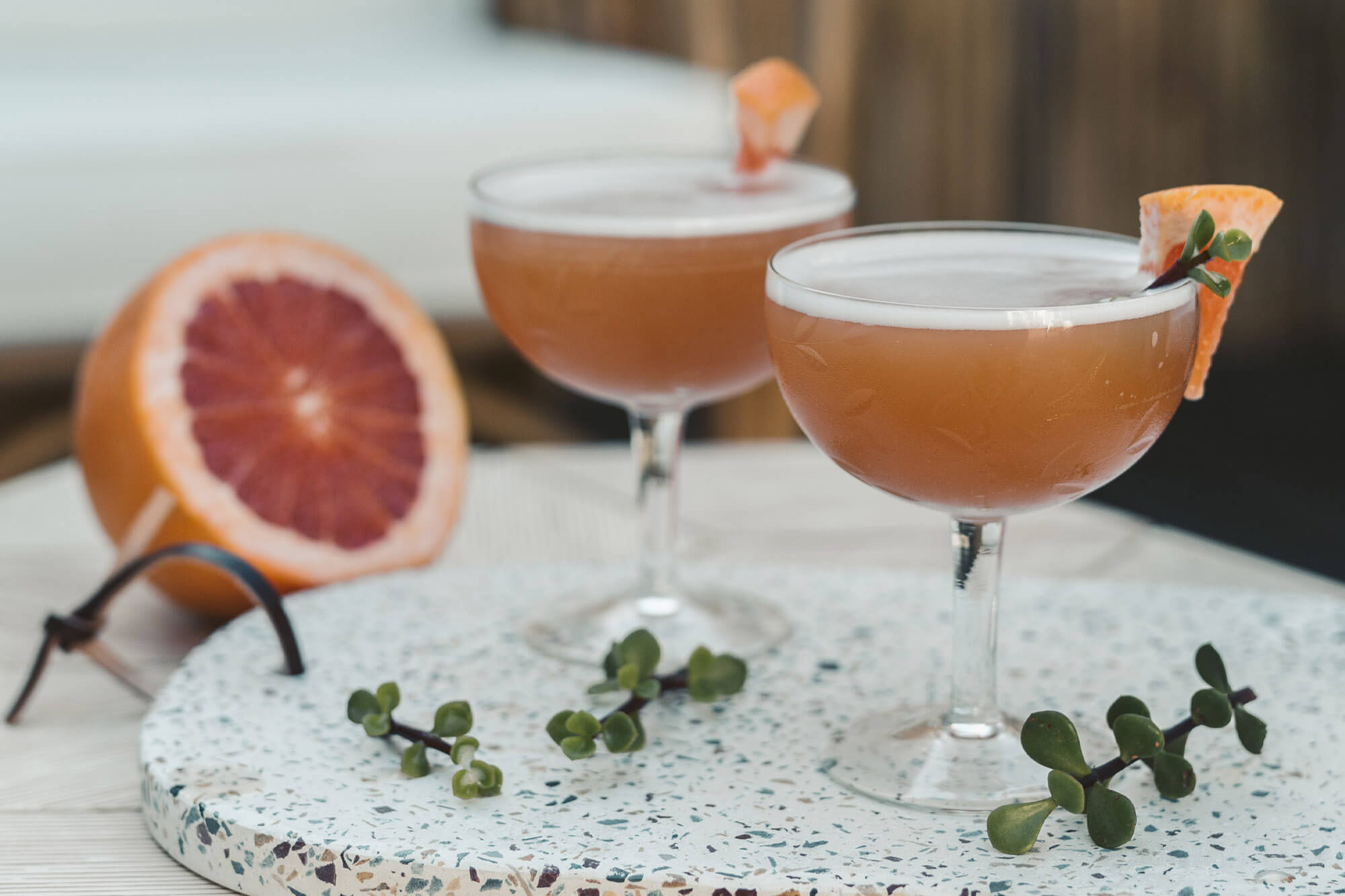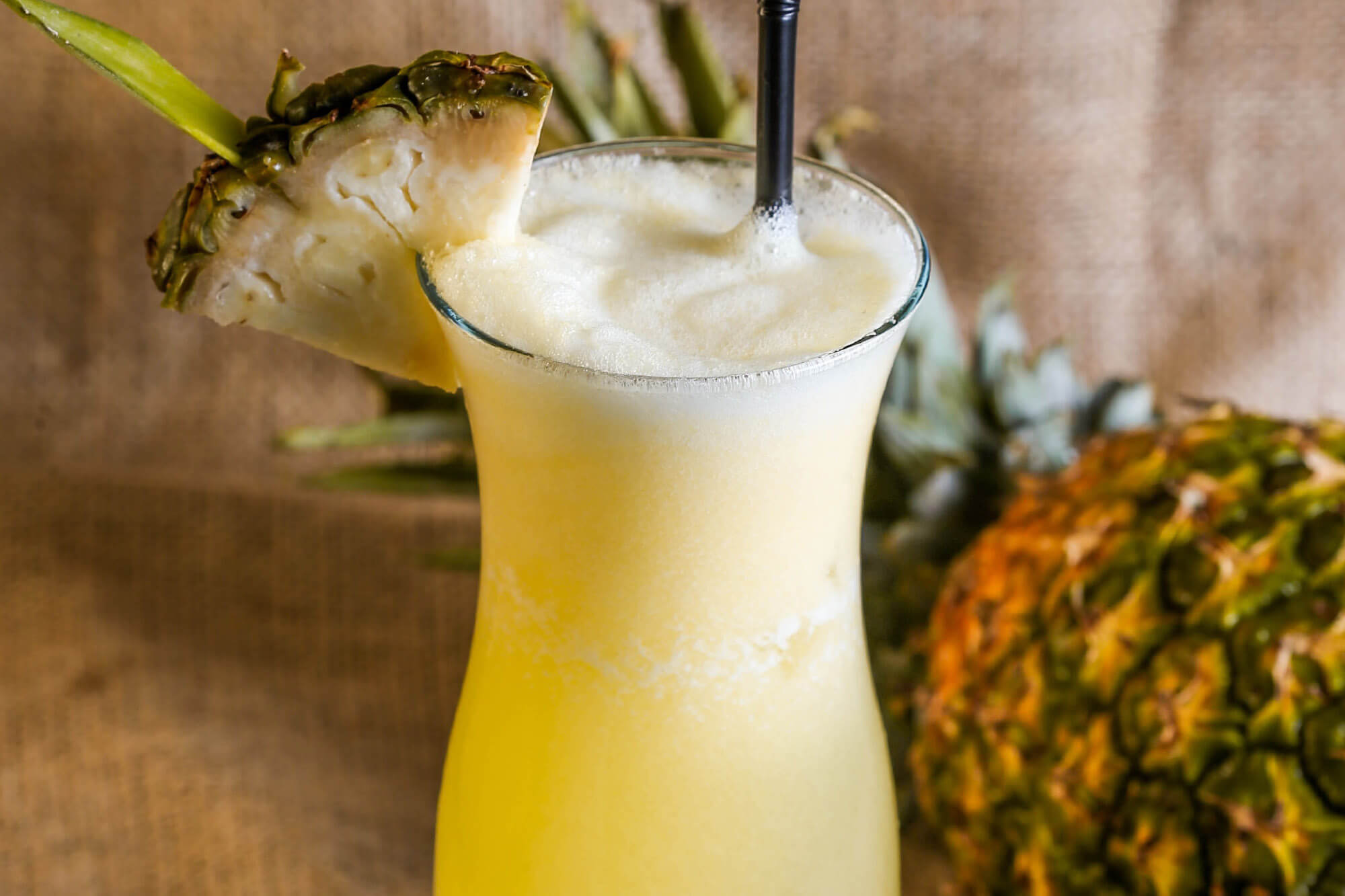Drink In History: The Bee’s Knees
By Chilled Magazine
It was “the greatest, gaudiest spree in history,” claimed F. Scott Fitzgerald.
It was a time when the government’s attempt to set society straight only made the masses crave even more the fashionable forbidden fruit. It was an age where nearly all of the 480,000 gallons of liquor confiscated in a single year were comprised of some style of poison. It was Prohibition. And that’s where we find the origin of The Bee’s Knees.
With no accurate account of its creation, enthusiasts were forced to dig deeper. The Bee’s Knees’ beginnings were placed in the Prohibition era due to its inclusion of gin and its flapper-influenced name. Along with “the cat’s pajamas,” “the flea’s eyebrows,” and “the kipper’s knickers,” the phrase “the bee’s knees” was a popular expression in the 1920’s. In April of 1922, The Newark Advocate shared their hottest new editorial, What Does it Mean?
And it certainly was “flapper talk,” because from the late eighteenth century up until the roaring twenties, “the bee’s knees” was actually known to mean “something very small and insignificant.” At the time of this cocktail’s creation, the well-known watchword was only seen as “something outstanding.” For the raucous group partaking in speakeasy festivities, The Bee’s Knees Cocktail was definitely something outstanding
Aptly named, this Prohibition brew contains the edible form of flower nectar: Honey. It was this honey that was used to mask the smell of the infamous “bathtub gin.” Not only were consumers fooled by this sweet, aromatic concoction, but also the honey made it difficult for the police at the time to detect any trace of alcohol. While the precise origin may be lost in history, the recipe can be found in the 1934 book, Boothby’s World Drinks and How to Mix Them.

Bee’s Knees by Madhu Rao
Today, fans of this cocktail suggest using high quality, local or regional honey to give your guests a greater experience. Note that depending on seasonal and regional variability of the honey in use, each Bee’s Knees may taste slightly different. “Honey goes well with the floral notes in gin,” says Arne Hillesland, Master Distiller of Distillery No 209 Gin. “I enjoy collecting distinctive honeys, with my favorite being Leatherwood from Tasmania. For the Bees Knees cocktail, I prefer Fireweed honey from the Pacific Northwest. Phenomenal floral flavors.” So as the weather warms, why not try this nectar sweetened classic a number of different ways; see
which type of honey you enjoy best in your libation. And the Bee’s Knees is perfect if you’d like to take a tip from the famed Fitzgerald. The man who best penned the excitement of Prohibition was known to favor gin because of his belief that the scent couldn’t be detected on his breath. Now isn’t that just the Cat’s Pajamas?

The Bees Knees
The Bees Knees
Created by The Inn at Little Washington
All of their honey is produced in house from several beehives located at the property across the street. The honey is used for cocktails, breakfast, cheese and tea.
Ingredients
- 1 1/2 oz. No. 209 Gin
- 3/4 oz. Honey Syrup
- 1/2 oz. Fresh Lemon Juice
- 1/2 oz. Fresh Orange Juice
Preparation: Place lemon juice, lavender and a few small cubes of ice in a mixing glass and muddle gently, add honey syrup, gin, lemon juice in a cocktail shaker filled with ice and shake vigorously. Strain through fine mesh into a small, chilled cocktail glass with honey powder rim.
Tip: For the Bee’s Knees, try making a ratio of 1:1 honey syrup. It’s easy, remains liquid in the refrigerator, mixes more readily, and it’s easier to adjust the cocktail depending upon the honey’s characteristics.









